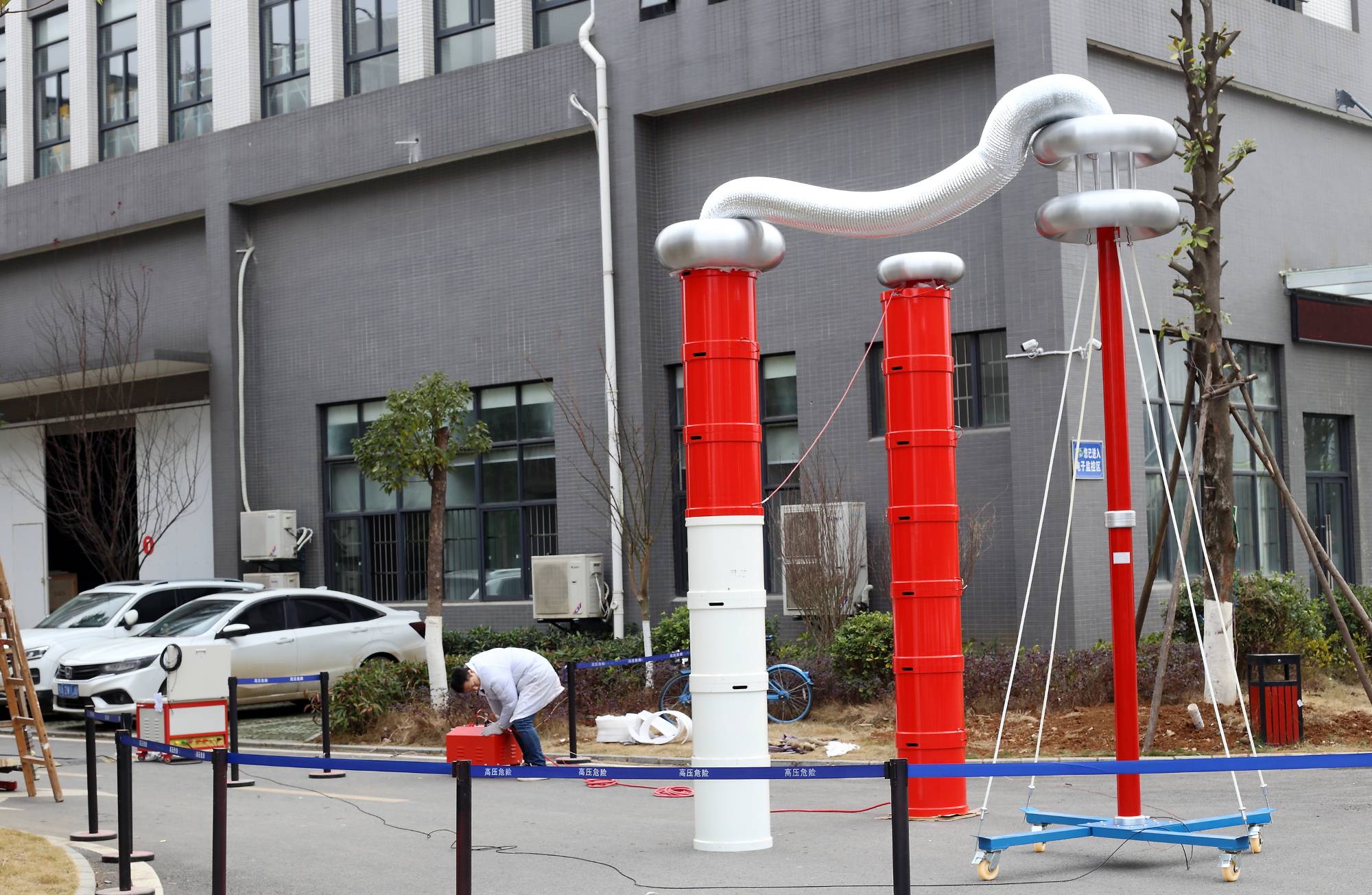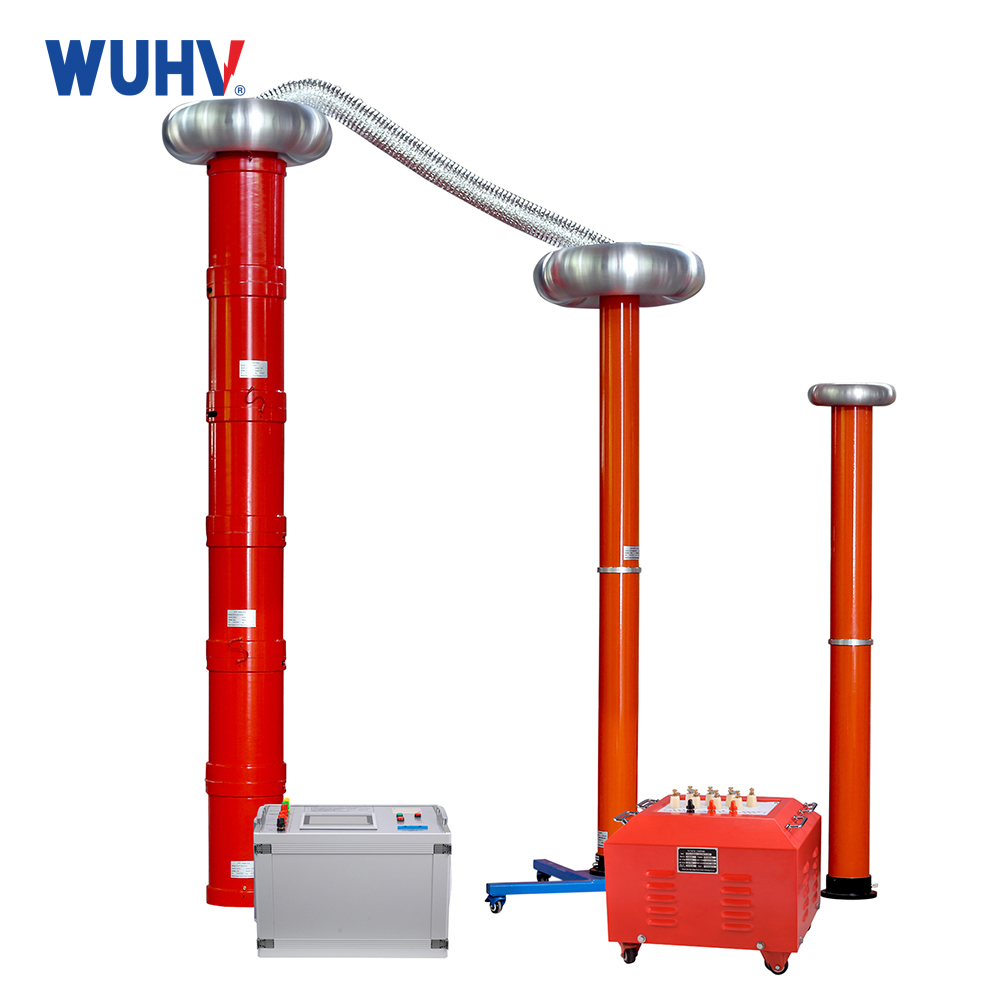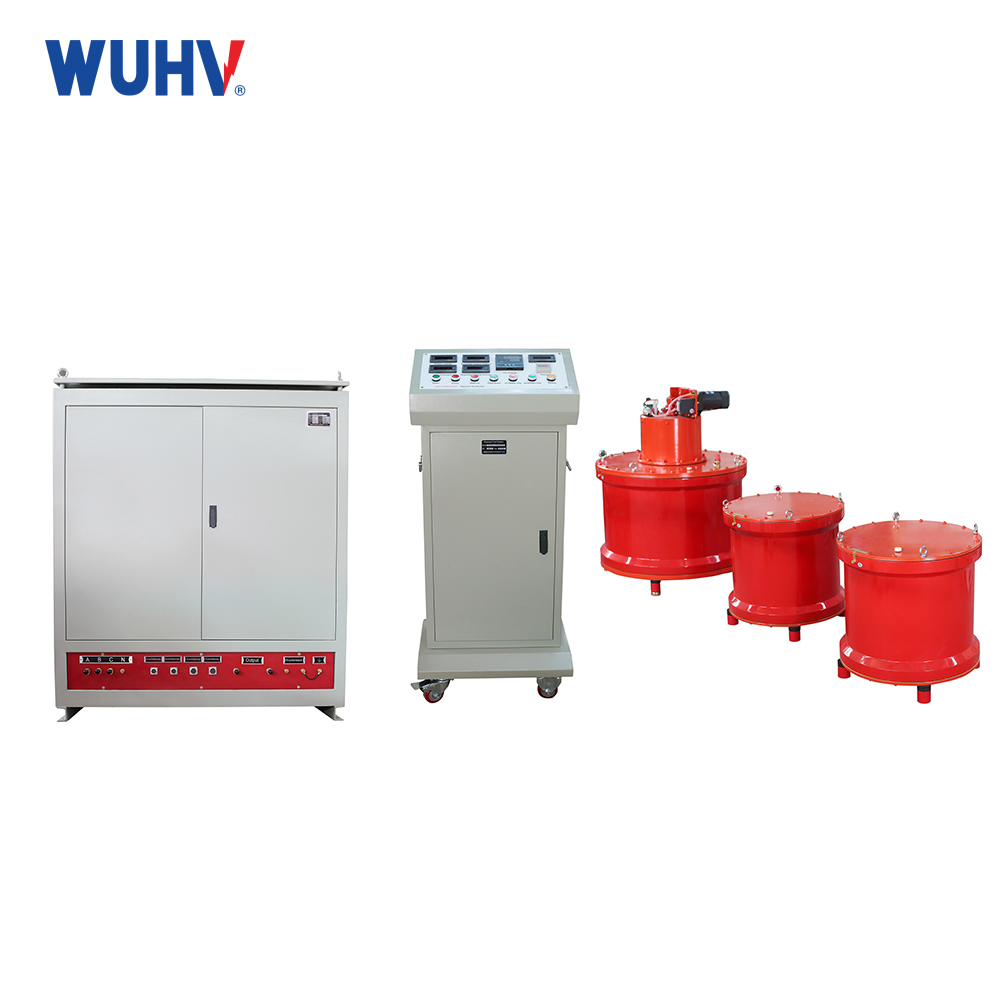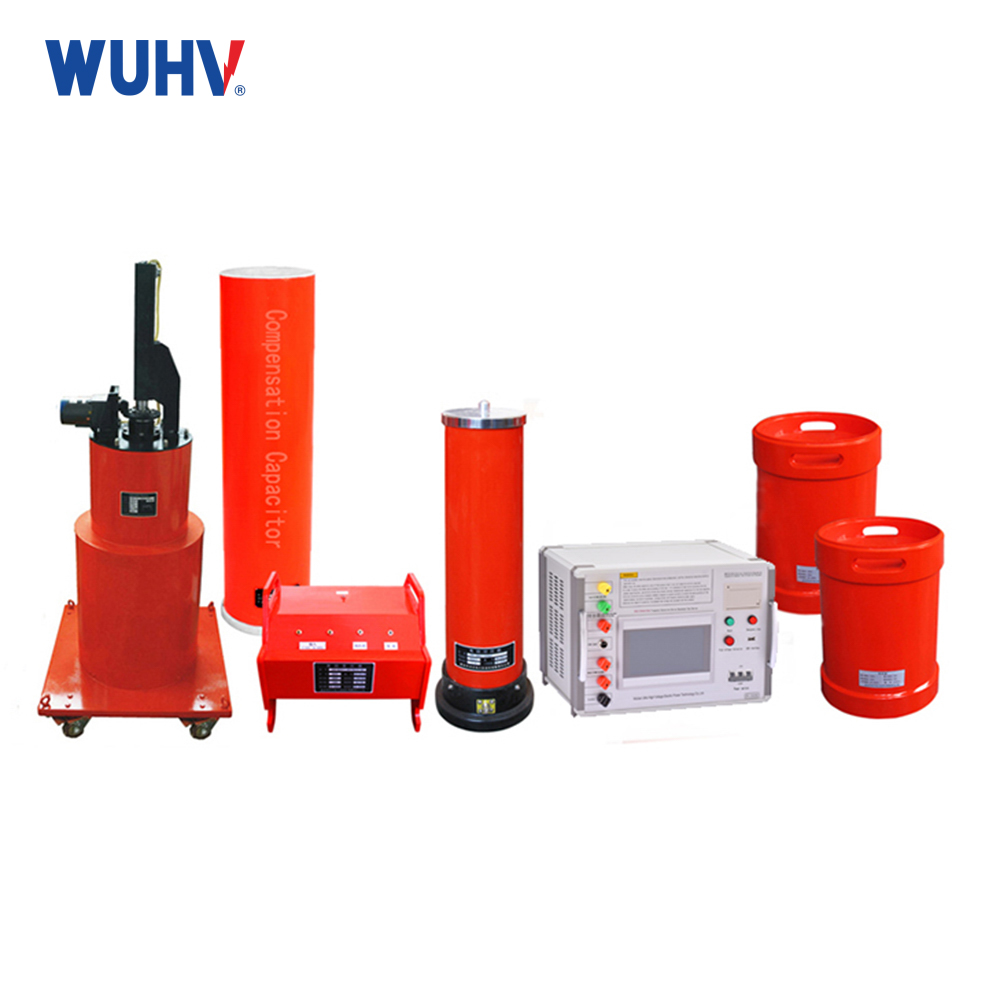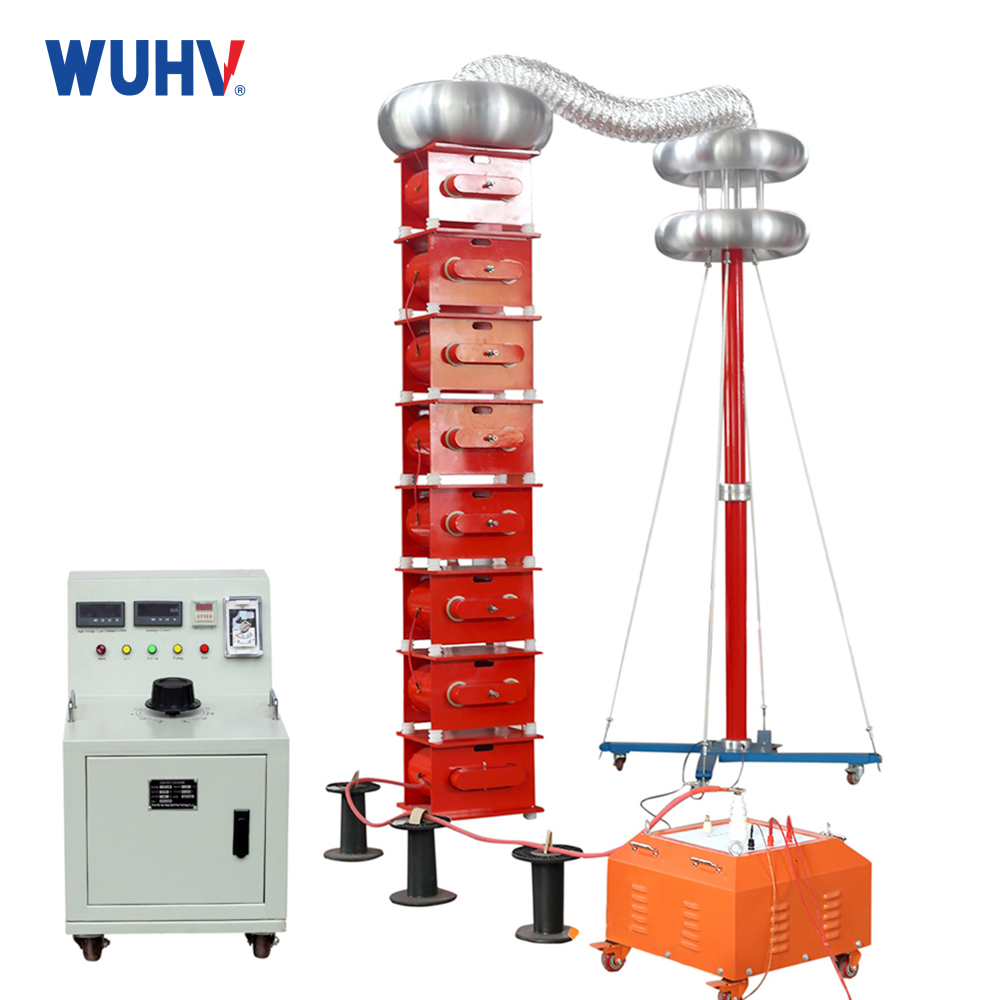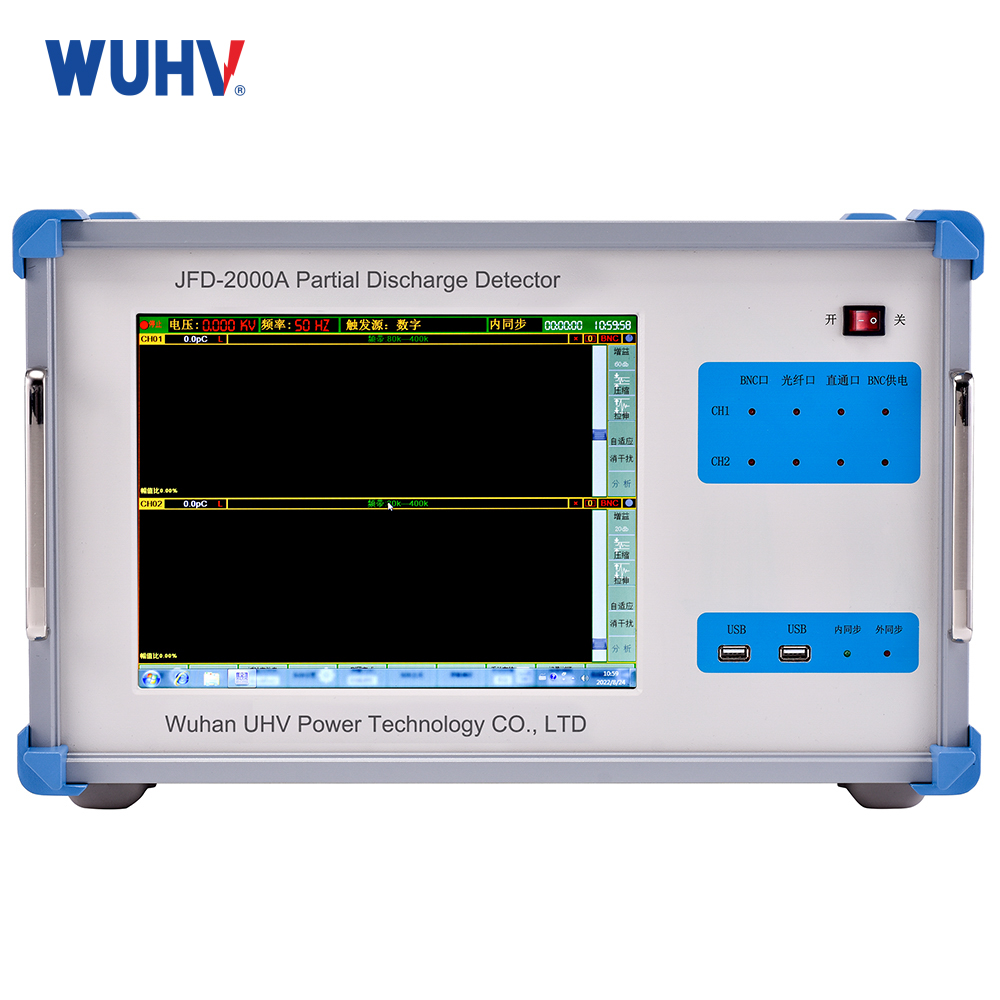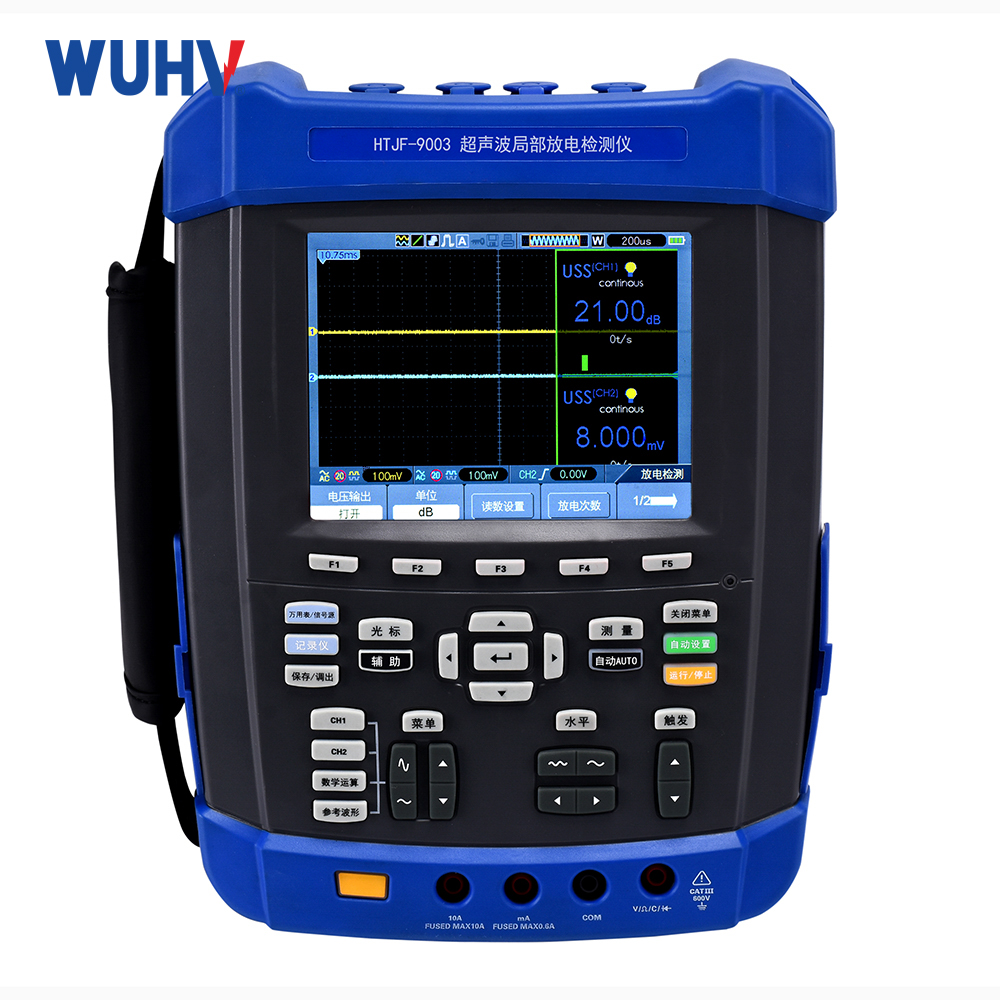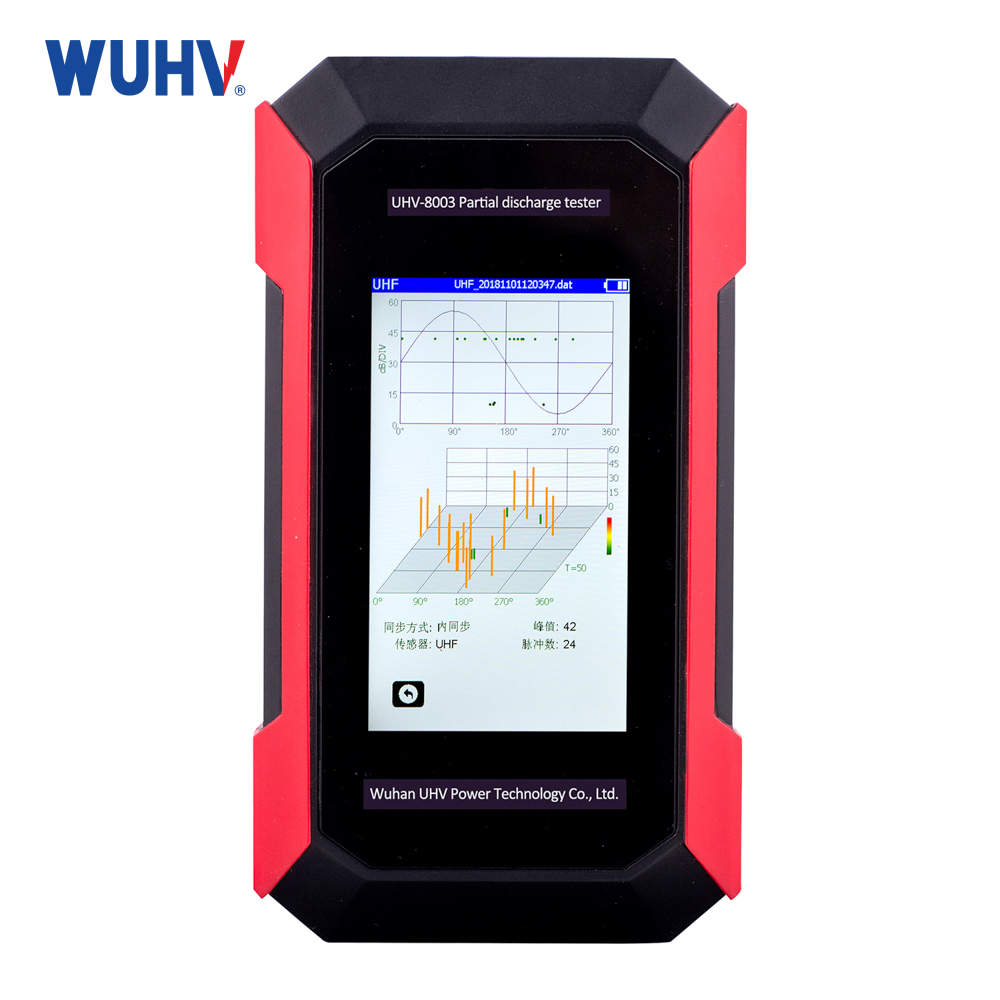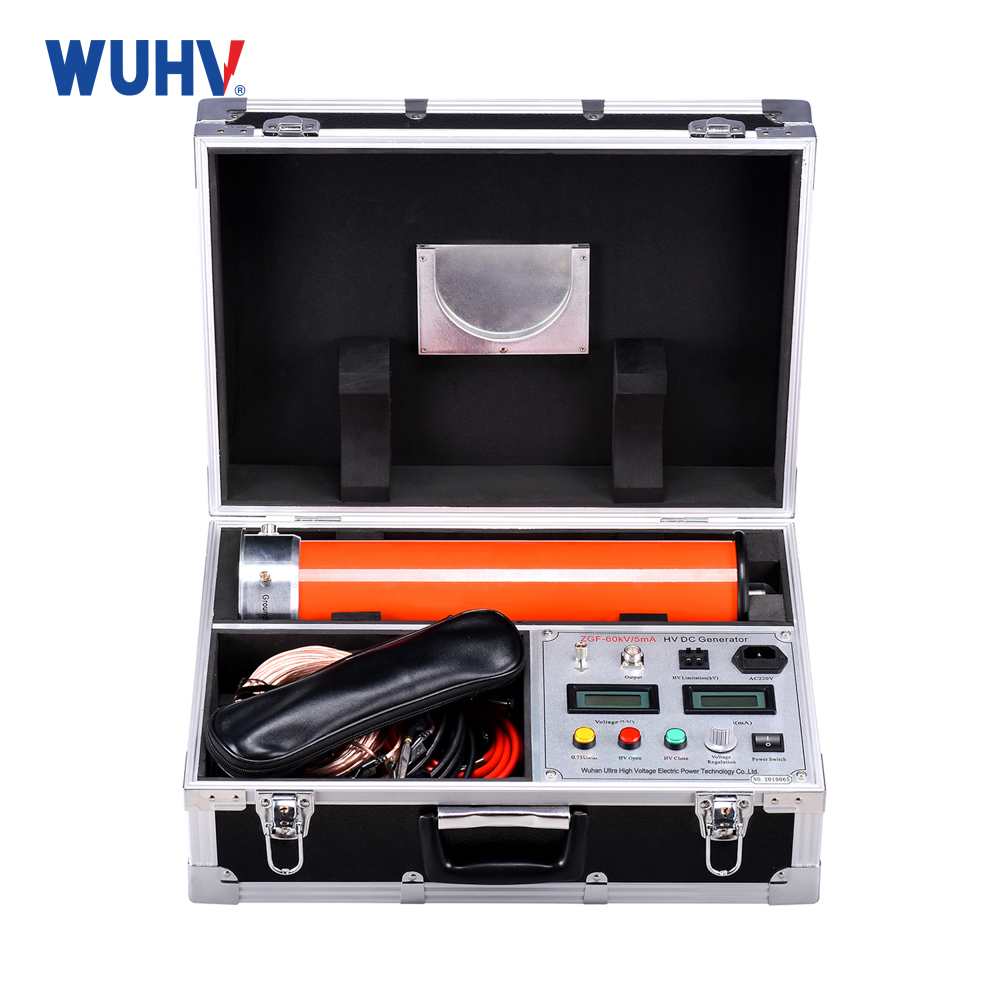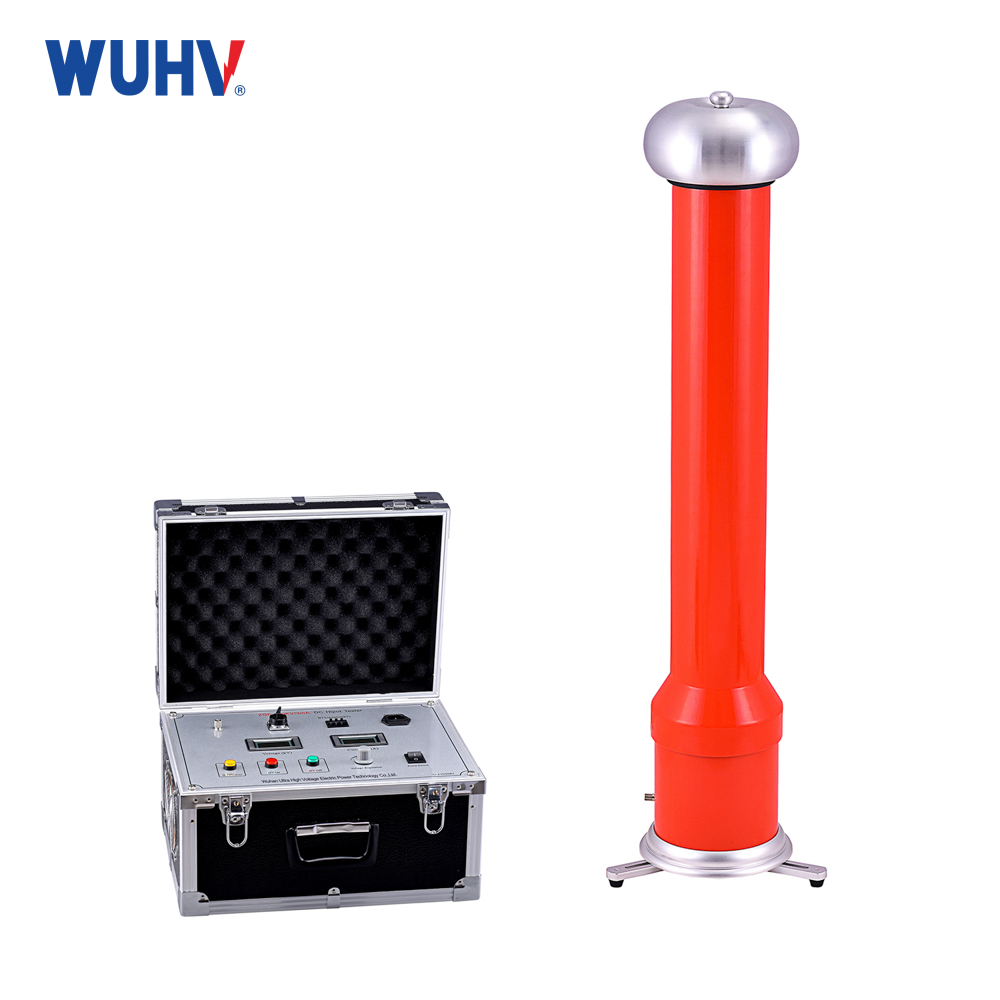In electrical systems, many customers inquire about the correlation between Q values, especially when purchasingvariable frequency series resonant devices, as Q values are influenced by external factors such as voltage levels, process structures, and material properties. In theory, the larger the Q value, the smaller the allowable frequency deviation within the unit current variation range, and the higher the frequency selectivity. Q value is a measure of electricity, and the main parameters of inductance are calculated as follows: Q=energy carried by energy storage devices such as inductance and capacitance ÷ power loss due to resistance.
The magnitude of Q value is influenced by a combination of factors such as manufacturing process, raw materials, and material properties. For example, if other parameters of the same inductor remain unchanged and only the thickness of the winding inductance wire is changed, the Q value of the inductance of thick conductors is higher than that of thin conductors. If silver is plated on the conductor, the Q value of the inductance of silver plated conductors is higher than that of non silver plated conductors, which is obviously influenced by the process structure and raw materials. The higher the Q value of the variable frequency series resonance withstand voltage test device, the smaller the circuit loss, and the higher the circuit efficiency. The quality and efficiency of the product can be simply judged by the Q value, but it is not the final standard that determines the quality of the series resonance device. The improvement of Q value is often influenced by some factors. Such as the DC resistance of conductors, dielectric losses of coil frames, losses caused by iron cores and shielding, and skin effects during high-frequency operation.
So, when we purchase avariable frequency series resonant withstand voltage test device, do we need to measure the Q value? In fact, for customers who are not very familiar with it, they may think that "high Q-value is beneficial to the product", Q-value is only a conceptual reference, and Q-value does not represent the only or absolute factor of good performance. For example, a high Q value may cause phenomena such as inductor burnout, capacitor breakdown, and circuit oscillation. Some types of process products, material selection, and processes are good, but they will want to do them, so Q value is only a quality factor to measure the efficiency of inductors. Therefore, attention should be paid to the stability and innovation of product quality.


